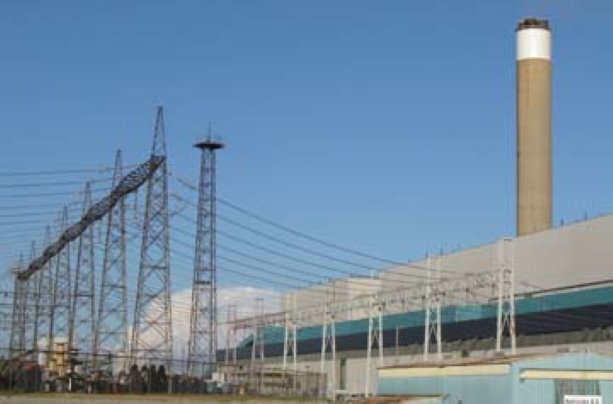Much of the Ontario Green Energy and Green Economy Act lauded the creation of 50,000 new jobs, but this isn’t the whole truth, Auditor General Jim McCarter says. His recent report says 30,000 of these jobs are likely to be construction jobs lasting from one to three years. Meanwhile, the Feed-in-Tariff (FIT) program, which provides renewable energy generators with more attractive prices, will add about $220 million a year to the cost of electricity in the province.
The Act was expected to support over 50,000 jobs, about 40,000 pertaining to renewable energy. The report highlights that about 30,000 of these jobs are likely to be construction jobs lasting from one to three years.
“We also noted that studies in other jurisdictions have shown that for each job created through renewable energy programs, about two to four jobs are often lost in other sectors of the economy because of higher electricity prices,” reads the report.
The annual report says the Liberal government’s focus on fast-tracking to green energy will cost the Ontario electricity ratepayers more money in the long run.
The Act went forward without many of the usual planning, regulatory, and oversight processes. It delegated some of the responsibility of increasing the province’s renewable energy supply directly to the Minister of Energy.
“As a result, the government has been able to further its renewable energy policy agenda without the delays that these processes can sometimes cause,” says the report.
As wind and solar power aren’t as reliable sources of energy, they require backup from alternative energy-supply methods like gas-fired generation. These renewable sources of energy will add significant additional cost to ratepayers’ electricity bills, said the report.
“While this helped these projects get off the ground quickly, their high cost will add significantly to ratepayers’ electricity bills in the future,” McCarter said in a statement.
“Going forward, it will be critical for the Ministry of Energy and the Ontario Power Authority (OPA) to conduct an objective cost-benefit assessment of the progress made to date to provide government decision-makers with the information they need to strike an appropriate balance between the promotion of green energy and the price of electricity in Ontario.”
The increase in production in wind and solar power was to help make up for the planned phase-out of coal-fired generation plants by 2014.
The government indicated at the time that it would lead to modest hikes in household electricity bills of about one per cent annually, but this was later revised to a 7.9 per cent annual increase over the next five years, noted the report.
Because demand growth for electricity is expected to remain modest while adding more renewable energy sources to the system, the Feed-in-Tariff (FIT) program , which provides renewable energy generators with more attractive prices, will add about $220 million a year to the cost of electricity in the province.
The auditor general report also took a closer look at the province’s Samsung deal.
The report highlights that the deal, which will pay a consortium of Korean companies $110 million over 20 years and the attractive FIT prices, in exchange for $7 billion in investment was done with economic analysis or business case “to determine whether the agreement with the consortium was economically prudent and cost-effective, and neither the OEB nor the OPA was consulted about the agreement,” said the report.
The report also points to the debt retirement charge, which Ontarians have been paying on their electricity bills since 2002 to retire a portion of the debt of the old Ontario Hydro. McCarter points out that the Minister of Finance never said how much of the debt remains.
“More than $8 billion has been collected over nearly 10 years to retire what was originally a $7.8 billion residual stranded debt left from the restructuring of Ontario’s electricity sector in 1999,” he said in a statement.



Recent Comments
comments for this post are closed